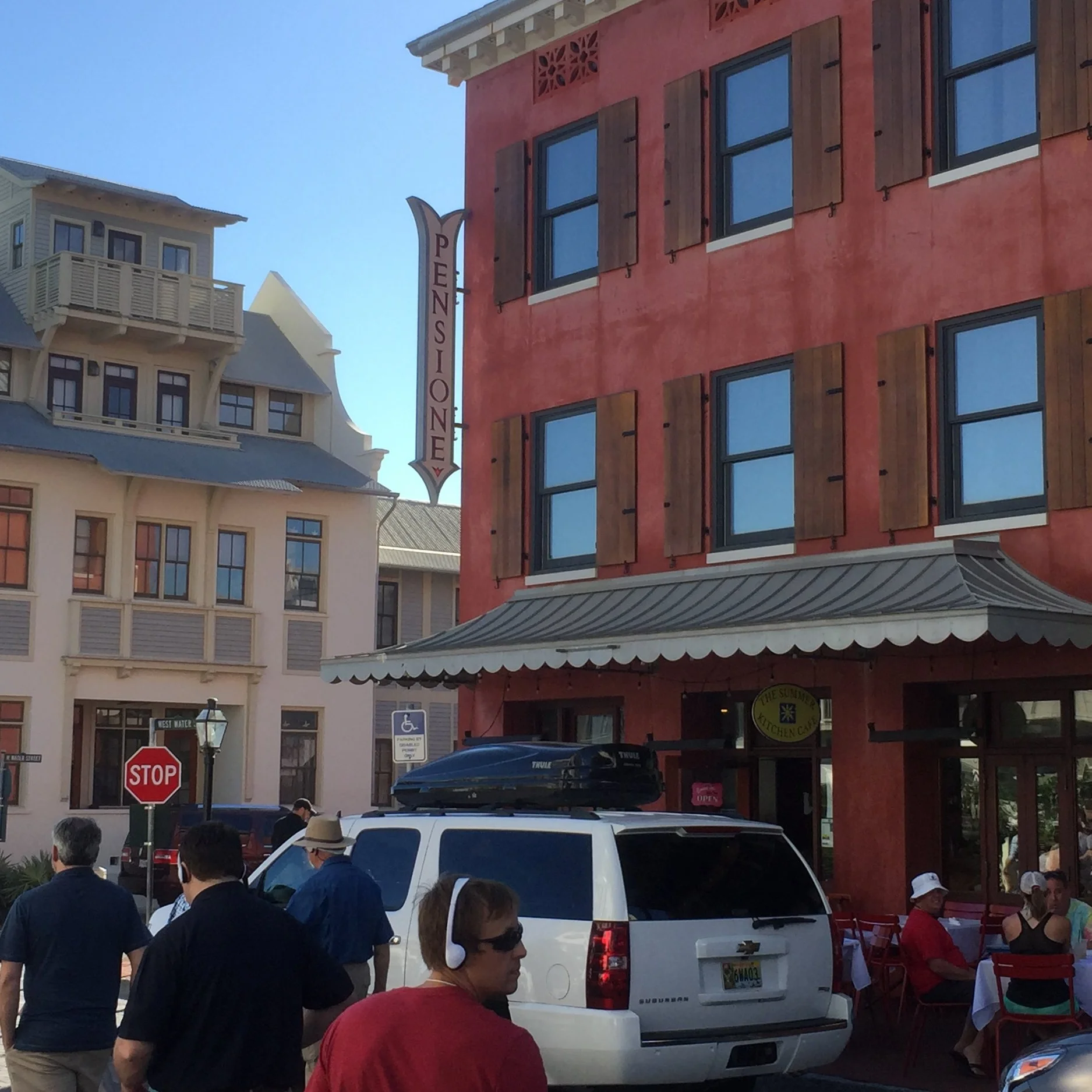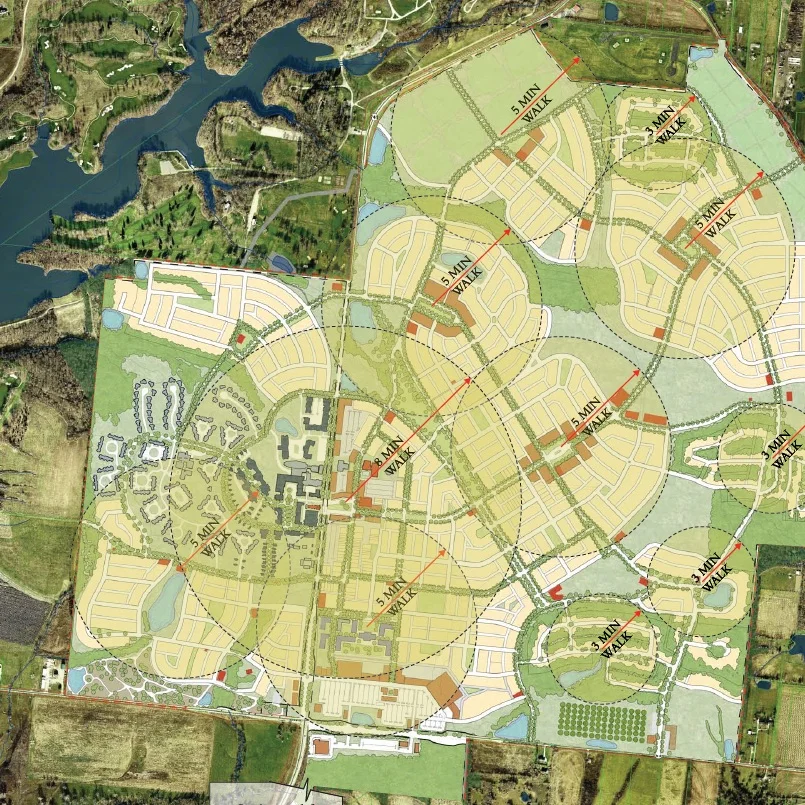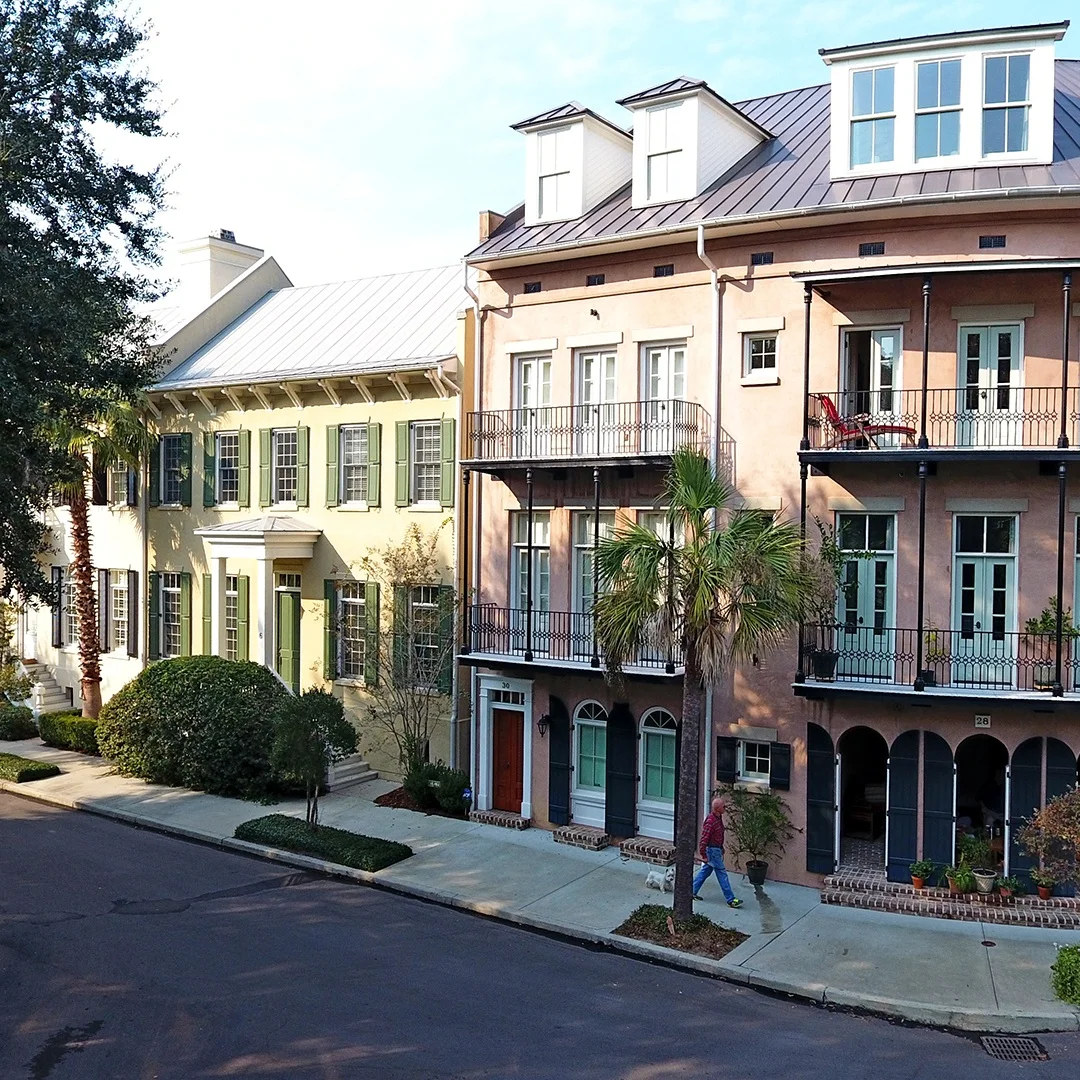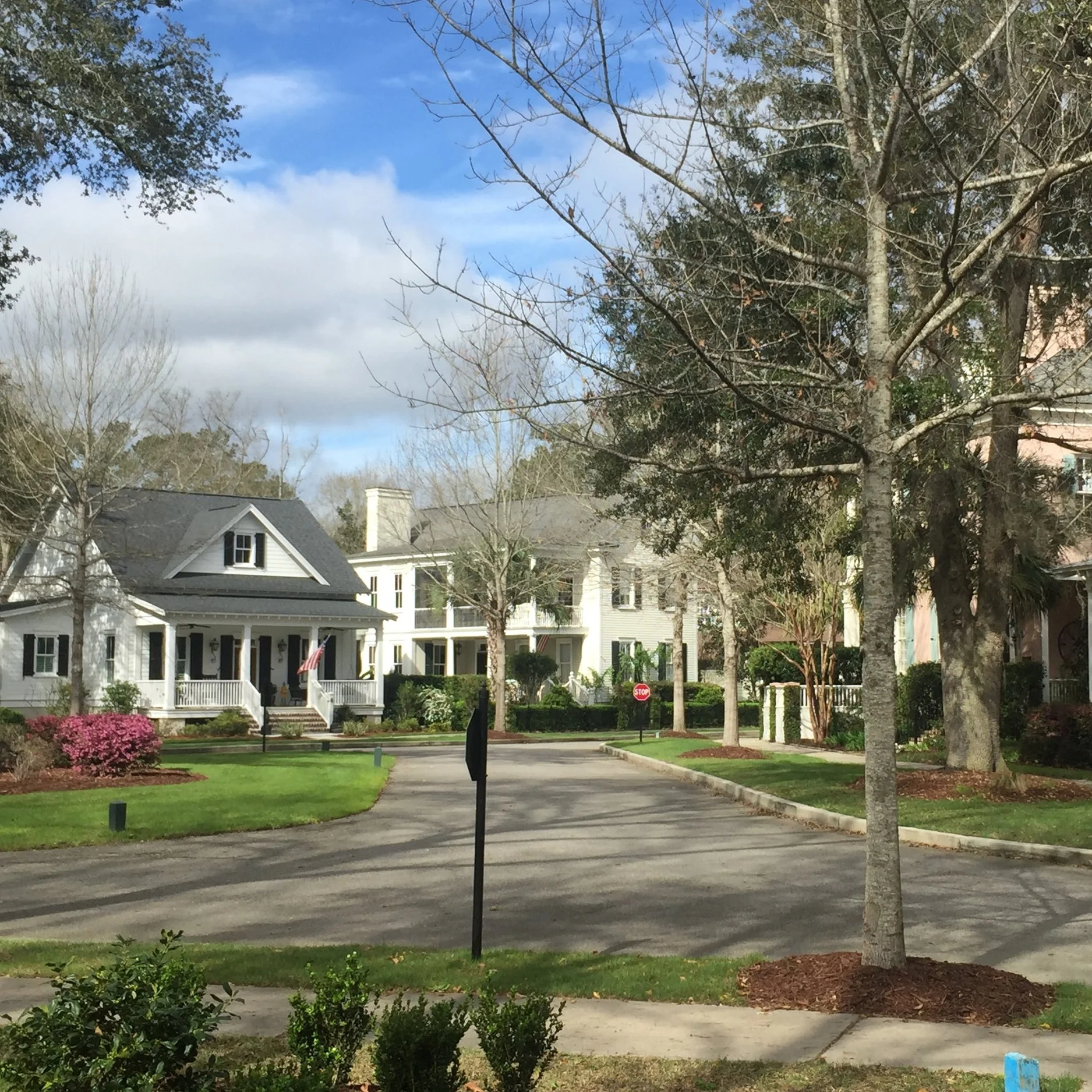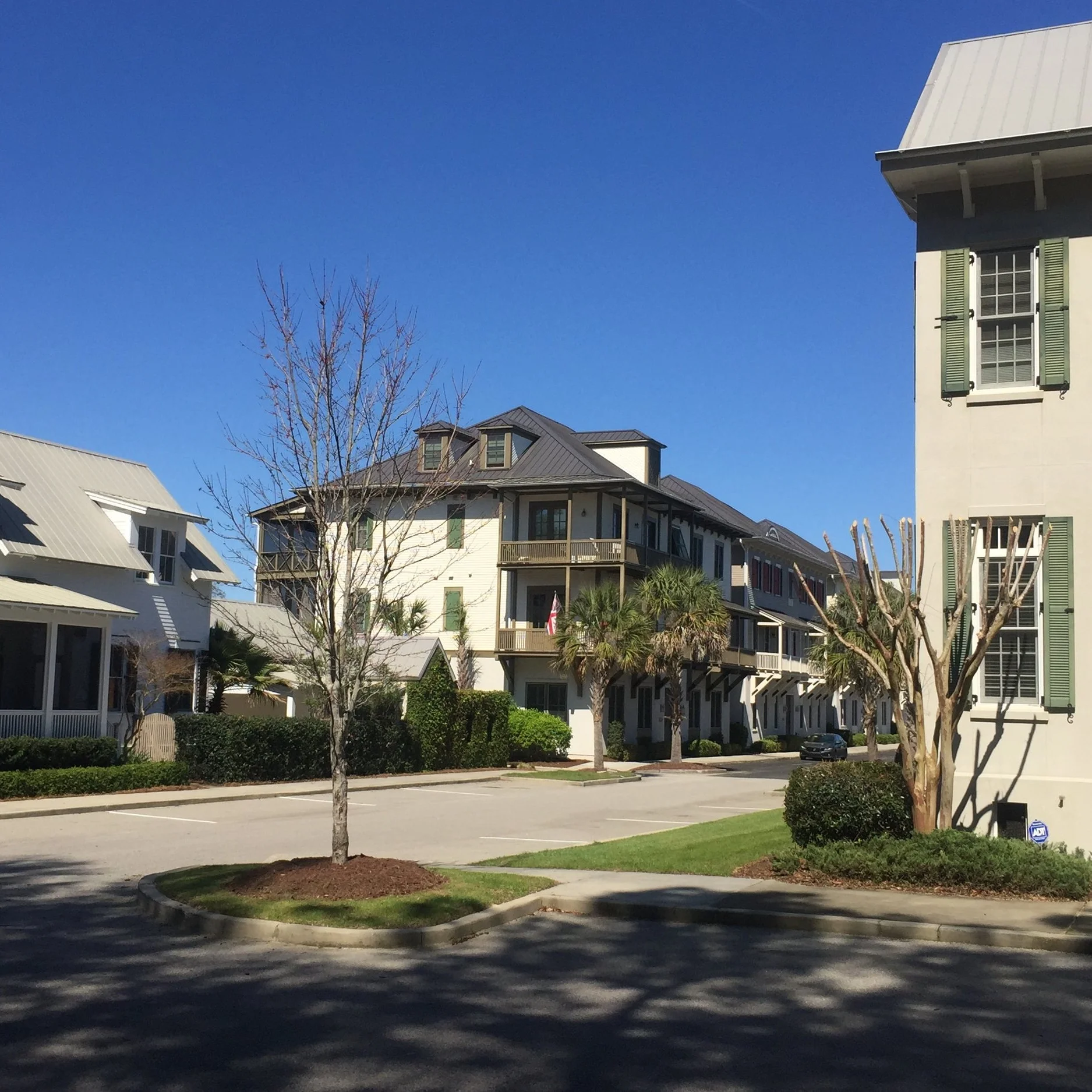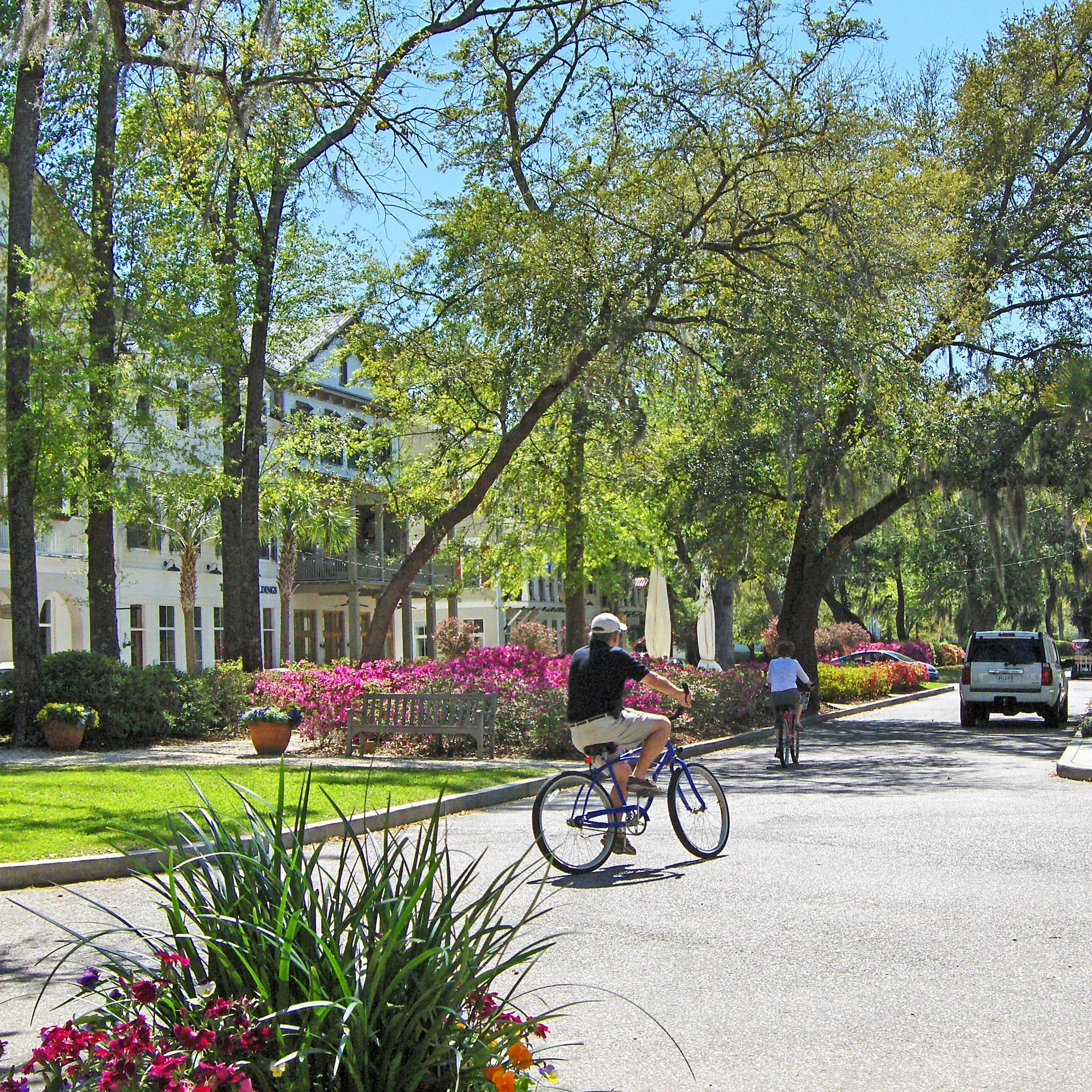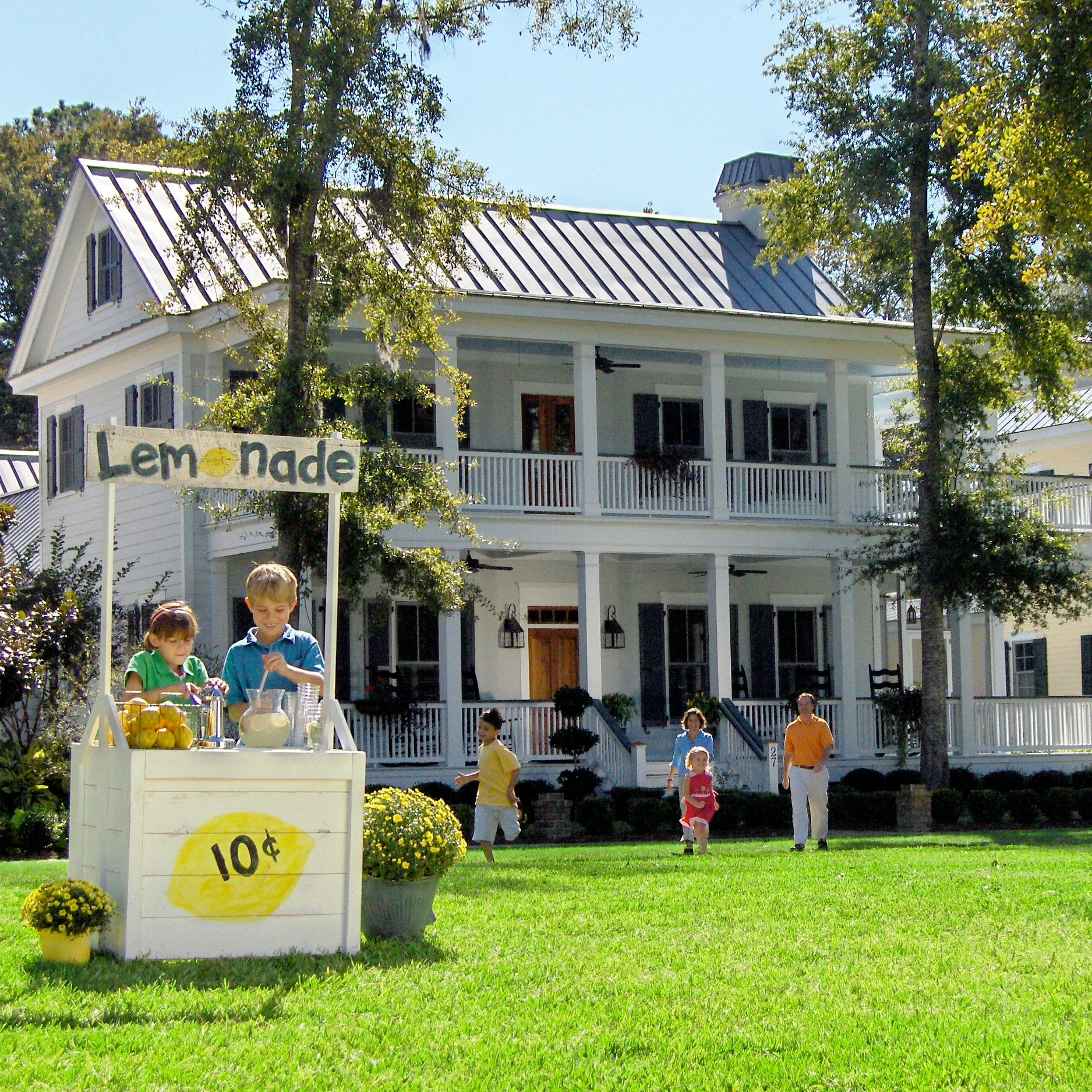What is New Urbanism?
New Urbanism is a planning and development approach that aims to create walkable, mixed-use neighborhoods and cities that are sustainable and encourage community development. It's based on the idea that well-designed cities can improve people's chances of living happy and prosperous lives. New Urbanism principles include:
1. Walkability
Most of our daily needs should be within a 10-minute walk of home and work. Pedestrian friendly street design means buildings are close to tree-lined streets. New urbanist communities might feature on street parking, hidden parking lots, garages in the rear of the lot and narrow, slow speed streets. Some streets may even be free of cars altogether, in special cases. Learn more
2. Connectivity
In a new urbanist community, an interconnected street grid network disperses traffic and makes it easier to walk to your destination. There is a hierarchy of narrow streets, boulevards, and alleys. The high-quality pedestrian network and public realm makes walking pleasurable. Learn more
3. Mixed-Use & Diversity
A new urbanist community contains mix of shops, offices, apartments, and homes. Moreover, mixed-use is present within neighborhoods, within blocks, and within buildings. This design lends to a diversity of people, including ages, income levels, cultures, and races. Learn more
4. Mixed Housing
In Union Village, as is standard for a true new urbanist community, there will be a range of housing types, sizes and prices in close proximity to each other. Learn more
5. Quality Architecture & Urban Design
An emphasis on beauty, aesthetics, human comfort, and creating a sense of place are hallmarks of new urbanism. There is special placement given to civic uses and sites within a new urbanist community. We believe human scale architecture and beautiful surroundings nourish the human spirit. Learn more
6. Traditional Neighborhood Structure
A new urbanist community design includes a discernable center and edge. Public space is provided at its center. We place high importance on quality public realm, and public open space is designed as civic art. The design includes a range of uses and densities within 10-minute walk. The professional boundary between the natural and man-made disappears, enabling environmentalists to assess the design of human habitat. Learn more
7. Increased Density
There are more buildings, residences, shops, and services closer together for ease of walking and to enable a more efficient use of services and resources. This also creates a more convenient, enjoyable place to live. Learn more
8. Green Transportation
Pedestrian-friendly design encourages a greater use of bicycles, rollerblades, scooters, and walking as daily transportation. Learn more
9. Sustainability
Creating a new urbanist community involves minimal environmental impact of development and its operations. We employ eco-friendly technologies, respect for ecology and we value of natural systems. We strive for energy efficiency, less use of finite fuels, local production. New urbanists promote more walking and less driving. Learn more
10. Quality of Life
Taken together these principles create a high quality of life, and create places that enrich, uplift, and inspire the human spirit. Learn more
To learn more about new urbanism, we recommend visiting Congress for the New Urbanism.

